Causes of SEVERE SUFFERING
2. CUMULATIVE SEVERITY
Severe suffering can occur for three main reasons:
1. Some procedures or ‘models’ are inherently more likely to cause severe suffering
2. A combination of less severe factors can lead to an increase in overall suffering; often termed ‘cumulative severity’
3. Where animals die, this may involve severe suffering – this includes both unexpected mortality, and ‘death as an endpoint’

CUMULATIVE SEVERITY
Apart from experimental procedures and their impacts, each animal experiences many other events during their lifetime – including transport, marking for identification, capture, handling, restraint, laboratory housing and husbandry, and humane killing. Some of these events can be anxiety-inducing, painful or distressing, and may affect the animal’s ability to cope with experimental procedures.
It is important to consider how the effects of all these events may interact with one another. The term ‘cumulative severity’ is often used, but harms do not ‘accumulate’, or simply add up – although animals may become sensitised to certain procedures (e.g. repeated injections), so the distress associated with each one is increased. As another example, if recovery time is not sufficient following stressful events (such as cage cleaning and change) before conducting a procedure, then the severity of the procedure may increase. The cumulative impact of some procedures (e.g. surgery without the most effective perioperative analgesia regime) may be long-lasting or permanent.
Alternatively, animals may habituate (become used) to repeated procedures, which can reduce suffering, especially if they can be trained using positive reinforcement techniques to avoid restraint.
It is critically important not to make subjective assumptions about cumulative severity either increasing or decreasing – expert input and monitoring systems are both necessary to ensure that the animal’s lifetime experiences are understood and that welfare issues, and refinements, are identified.
Regarding severe suffering, two key questions are:

THINKING ABOUT THE LIFETIME EXPERIENCES OF EACH ANIMAL
There is huge potential for reducing suffering and improving welfare by thinking carefully about how every event might be experienced by the animal and how each one can be optimally refined.

Breeding
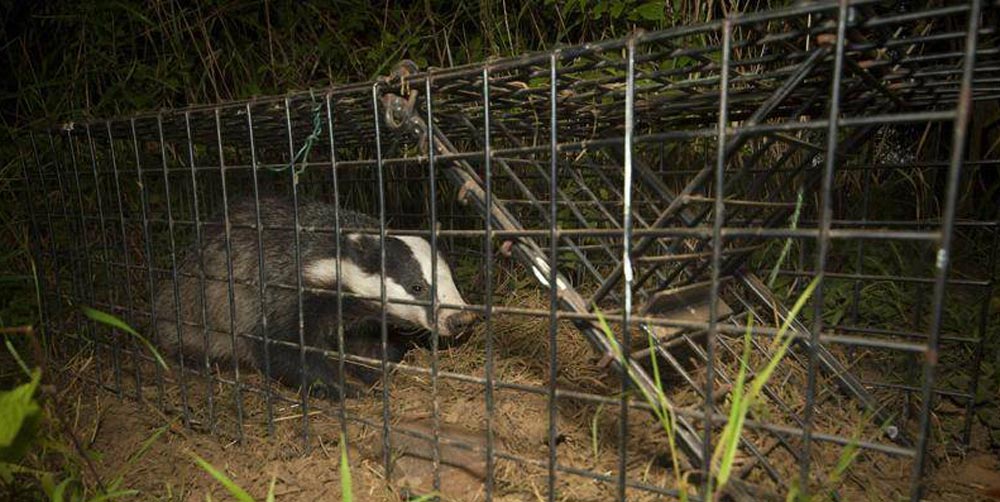
Capture from the wild

Transport

Marking for identification

Genotyping

Housing
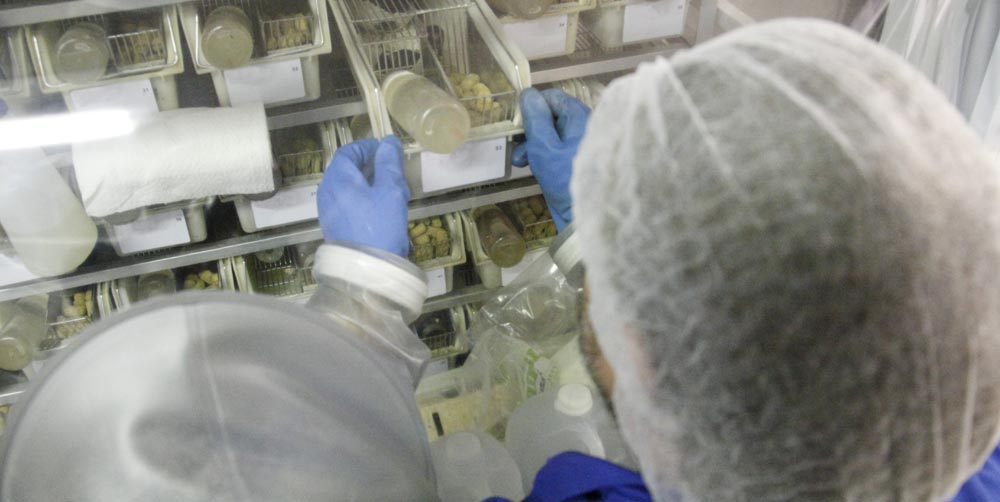
Husbandry procedures
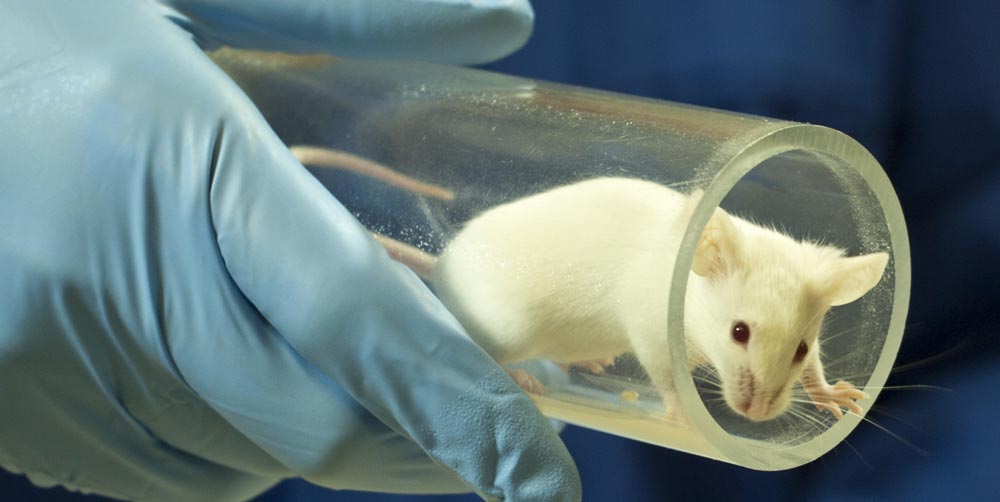
Handling and restraint

Scientific procedures
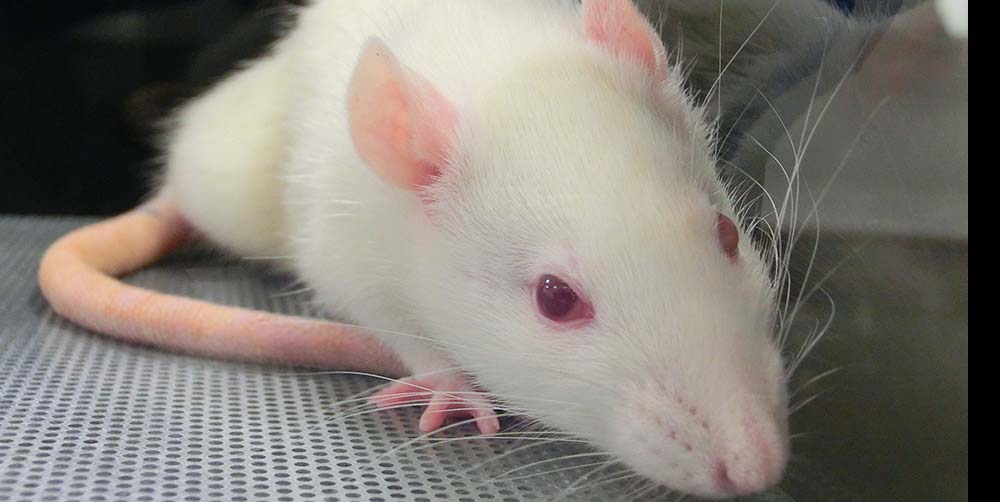
Effects of procedures
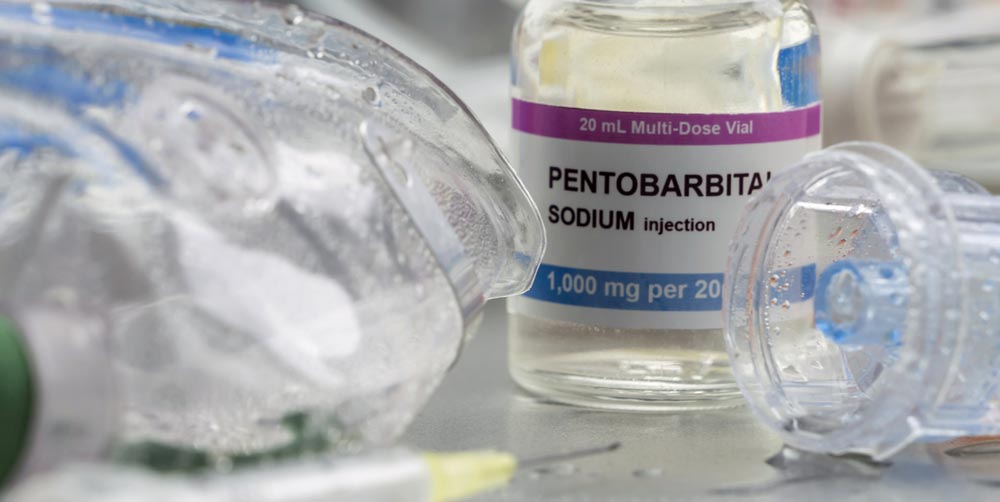
Humane killing

Rehoming or release
AVOIDING AND REDUCING SEVERE SUFFERING
Avoiding and reducing severe suffering helps to fulfil legal requirements, reduce ethical concerns and improve scientific quality – this website will help you to achieve this.
Practical ways to reduce or avoid severe suffering include: